Photography courtesy of Lowell Washburn, all rights reserved.
CUSTER, SD—-If you drive through the western edge of South Dakota’s Black Hills, you’re likely to see some brightly painted yellow road signs that read: Bighorn Sheep Crossing – Be Prepared To Stop.
Unfortunately, the colorful steel billboards are mostly wishful thinking. And if you suddenly do have to slam on your brakes, it will likely be for some other reason than avoiding a sheep. The tragedy of the matter is that as recently as eleven years ago, the Black Hills National Forest was home to a thriving population of wild bighorns – the nearest the iconic species gets to Iowa. But your random chances of spotting a wild sheep here today are slim or none. Decimated by a catastrophic 2005 outbreak of bacterial pneumonia, an estimated 80 to 90 percent of Black Hills bighorns perished in a single season. The outbreak ignited after bighorns crossed paths with domestic sheep. Wherever and whenever the scenario occurs, the outcome is the same. If a wild bighorn comes into contact with a domestic sheep, the bighorn will die — plain and simple.
In the Black Hills, as elsewhere, the bighorn recovery has been slow and painful. Following a full decade of restoration efforts, the post outbreak population hovers at a mere 30 sheep in the 71,000 acre Custer State Park which lies in the epicenter of western Dakota’s bighorn country. There are smaller bands scattered elsewhere in the Black Hills; another 100 or so bighorns survive in the Badlands near Wall. The story is not unique. It’s been tough sledding across much of the bighorn’s range as populations have suffered similar [pneumonia induced] declines across large portions of the Rocky Mountains. So much for the bad news.
The good news is that government wildlife agencies are currently partnering with private sector conservation organizations to establish a more secure future for America’s beleaguered bighorns. One of the most aggressive measures is being launched by the National Wildlife Federation and its state affiliates who passed a joint resolution endorsing the separation of domestic and bighorn sheep as the most effective means of preventing the transmission of bacterial pneumonia. To aid in implementing those critical barriers, the Wildlife Federation is promoting the incentive based, voluntary retirement of domestic sheep grazing allotments on public lands or in some cases to convert those allotments from sheep grazing to cattle grazing. The Wildlife Federation’s Adopt a Wildlife Acre program provides funding to aid in retiring more than 1 million acres of grazing allotments on public lands. In addition to providing a disease free environment for wild bighorns, the retired public acres will benefit a host of other wildlife species as well.
Meanwhile, bighorns have already received a substantial boost when South Dakota Game & Parks transplanted 26 wild sheep from Alberta, Canada to the Black Hills’ Deadwood area. Efforts to establish the new herd was made possible by hunters who generated more than $180,000 during two special fund raising events. The funds far exceeded the actual amount needed to cover relocation expenses and a portion of the excess was used to fit 24 wild bighorns with GPS tracking devices. The state of the art trackers are currently aiding personnel with South Dakota State University in monitoring the herd’s movements, reproduction, habitat preferences, and survival.
So far, the bighorn recovery has been an ongoing series of victories and setbacks. Last year, for example, the production of four lambs was documented at Custer State Park. Unfortunately, a female cougar took a liking to the sheep; killing two of the ewes and their lambs. Although wildlife officials encouraged local hunters to focus on the lion during the legal hunting season, the cat eluded its pursuers. But although the cougar was not killed, it apparently took the hint and moved on. This year, the production of four more lambs has been documented within the park and all sheep have survived so far.
Following days of hopeful looking, I finally obtained a brief encounter with the Custer bighorns yesterday near the trailhead of the Grace Coolidge Walk In Area; the same area where I’ve been able to photograph bighorns during three of the past four summers. The group contained 13 sheep [nearly half of the 71,000-acre area’s total population] and included all four lambs from this year’s production. Although the sighting of ewes with lambs provides some exhilarating hope for the future, the reality is that the majestic bighorn still faces a long and challenging path to recovery. For now, it remains one of North America’s rarest species of big game.
LW
Custer State Park

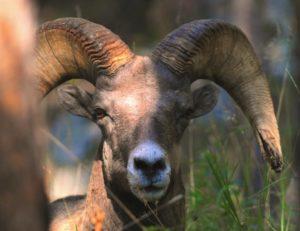
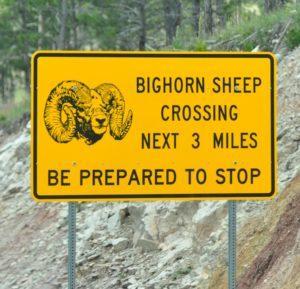
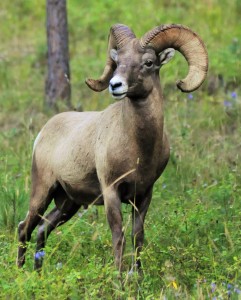
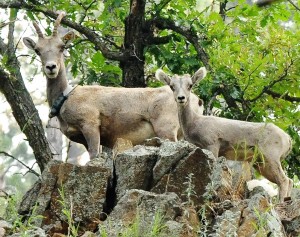
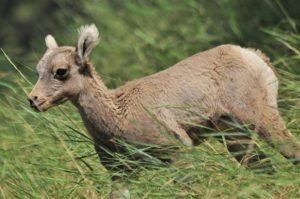
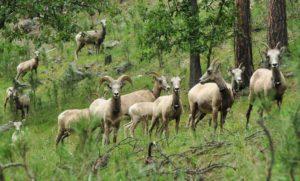
 Tom Cope
Tom Cope Sue Wilkinson
Sue Wilkinson Susan Judkins Josten
Susan Judkins Josten Rudi Roeslein
Rudi Roeslein Elyssa McFarland
Elyssa McFarland Mark Langgin
Mark Langgin Adam Janke
Adam Janke Joe Henry
Joe Henry Kristin Ashenbrenner
Kristin Ashenbrenner Joe Wilkinson
Joe Wilkinson Dr. Tammy Mildenstein
Dr. Tammy Mildenstein Sean McMahon
Sean McMahon